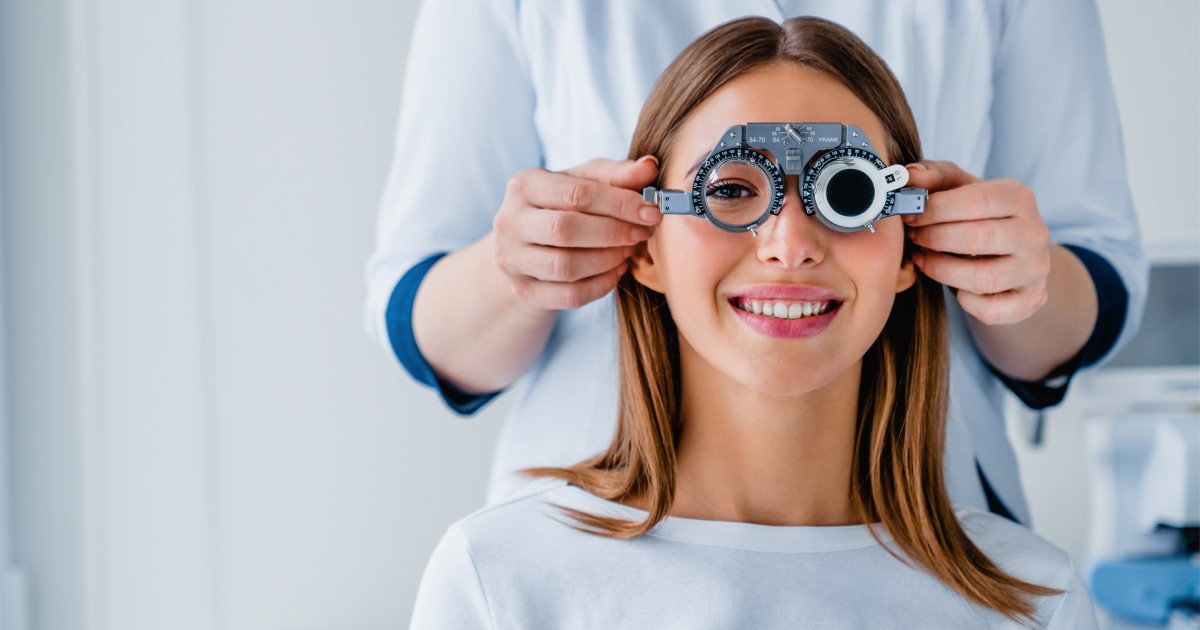Oculistics
The Ophthalmology Medical Service offers specialist visits and visual examinations with the aim of preventing, diagnosing and treating eye disorders and pathologies. In addition to specialist visits and individual eye exams, it also offers a series of packages for complete eye check-ups.

